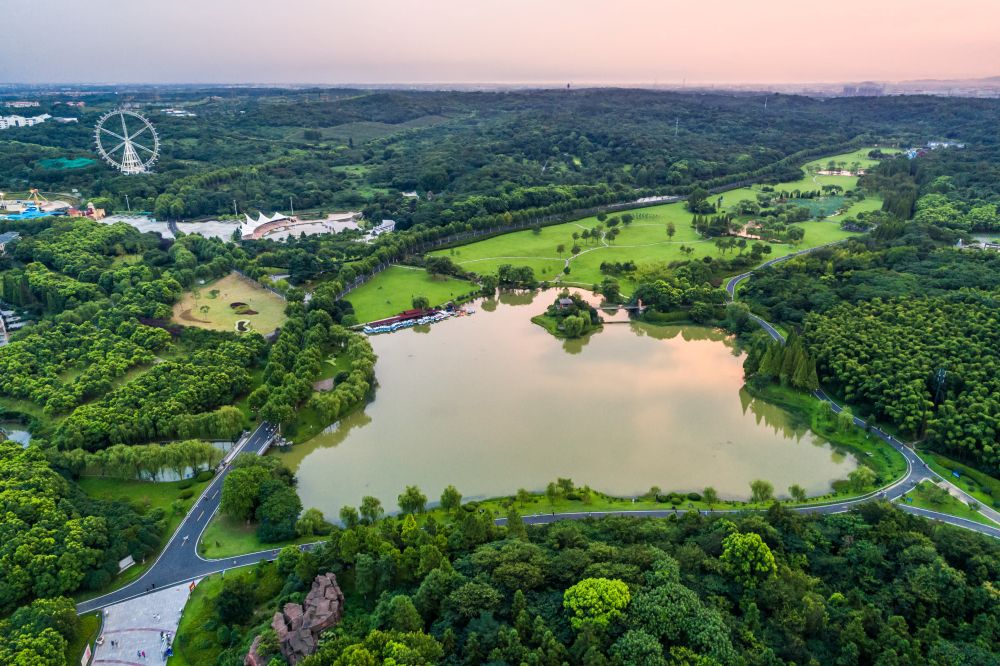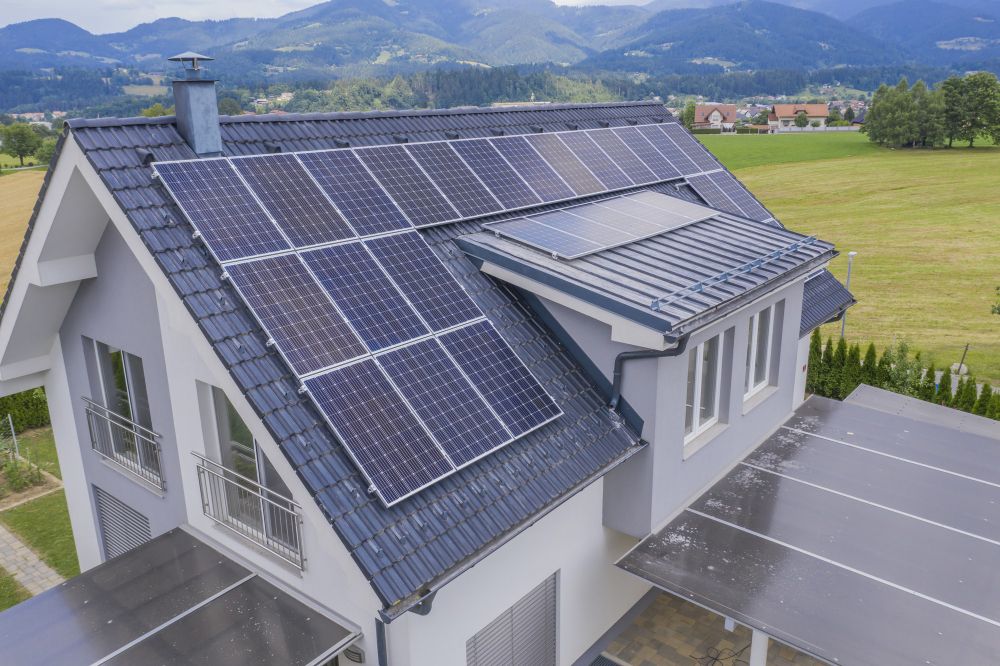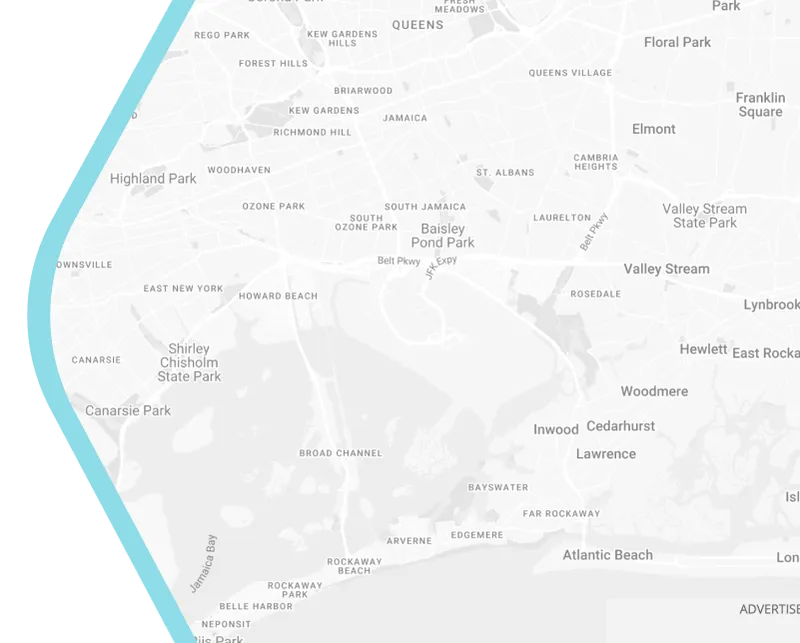
Net-Zero Districts Unlocking Sustainable Urban Growth and Climate Resilience
The skyline of tomorrow’s cities is no longer dominated by concrete monoliths belching smoke into the atmosphere. Instead, imagine urban districts where buildings breathe like living organisms, streets generate their own energy, and communities thrive without consuming more than the Earth can renew. This isn’t science fiction—it’s the reality of net-zero districts, revolutionary urban ecosystems meticulously engineered to achieve carbon neutrality while fueling economic vitality and shielding communities from climate chaos.
The Anatomy of a Net-Zero District
At its core, a net-zero district functions as a self-sustaining urban organism. Unlike standalone green buildings, these districts integrate systems thinking across energy, water, waste, and mobility. Picture Melbourne’s Fishermans Bend, where solar skins on skyscrapers feed microgrids shared by offices and apartments, while wastewater treatment plants convert sewage into irrigation for vertical farms. In Copenhagen’s Nordhavn, geothermal wells heat entire neighborhoods, and AI-optimized district cooling slashes energy use by 70%. These aren’t isolated experiments—they’re blueprints proving that urban carbon neutrality is achievable today.
Climate Armor for Vulnerable Cities
As heatwaves scorch Sydney and floods cripple Brisbane, net-zero districts emerge as urban climate fortresses. Singapore’s Tengah Forest Town demonstrates this with its biome-based design: canopy-covered walkways reduce ambient temperatures by 4°C, while bioswales absorb monsoon rains that once caused devastating floods. Similarly, San Francisco’s Treasure Island redevelopment elevates structures on pilings to withstand sea-level rise, coupling resilience with tidal energy harvesting. For coastal cities facing existential threats, these districts offer more than sustainability—they deliver survivability.
Economic Engines in Green Clothing
Critics once dismissed carbon-neutral development as a luxury for wealthy enclaves. The data tells a different story. Stockholm’s Royal Seaport—once a decaying industrial zone—now generates €2.3 billion annually through cleantech startups attracted by its energy-positive infrastructure. Vancouver’s False Creek North leverages district energy savings to fund affordable housing, with 30% of units reserved for low-income families. The secret? Circular economics: waste becomes biogas, sunlight becomes tradable energy credits, and efficiency savings fund social equity programs.

Overcoming the Implementation Maze
Even visionary projects face hurdles. London’s Greenwich Peninsula grappled with legacy grid constraints, while Dubai’s Sustainable City initially struggled with sandstorms degrading solar efficiency. Solutions emerged through innovation:
- Hybrid microgrids blending solar, wind, and hydrogen storage for reliability
- Blockchain energy trading allowing buildings to sell surplus power peer-to-peer
- Parametric insurance pools where districts collectively hedge against climate risks
The lesson? Technical barriers crumble when planners, developers, and tech providers co-design solutions.
The Road to 2030 and Beyond
Net-zero districts are evolving from prototypes to policy imperatives. The EU’s "Climate-Neutral Cities Mission" mandates 100 pilot districts by 2030, while Australia’s National Net Zero Accelerator offers tax breaks for integrated carbon-neutral developments. Next-gen innovations loom large:
- Bio-reactive facades that absorb CO₂ while generating power
- Digital twin federations simulating entire cities for resilience testing
- AI mayors autonomously balancing energy grids across districts
Building Tomorrow's Legacy Today
The true power of net-zero districts lies beyond carbon metrics. They represent a philosophical shift—from cities as resource drains to cities as regenerative forces. When a child in Jakarta plays in a park cooled by waste-to-energy systems, or a senior in Adelaide charges her medical device using a solar-powered bench, urbanism transcends sustainability. It becomes an act of stewardship. As we break ground on these climate-positive neighborhoods, we’re not just constructing buildings. We’re laying foundations for civilizations that endure.
